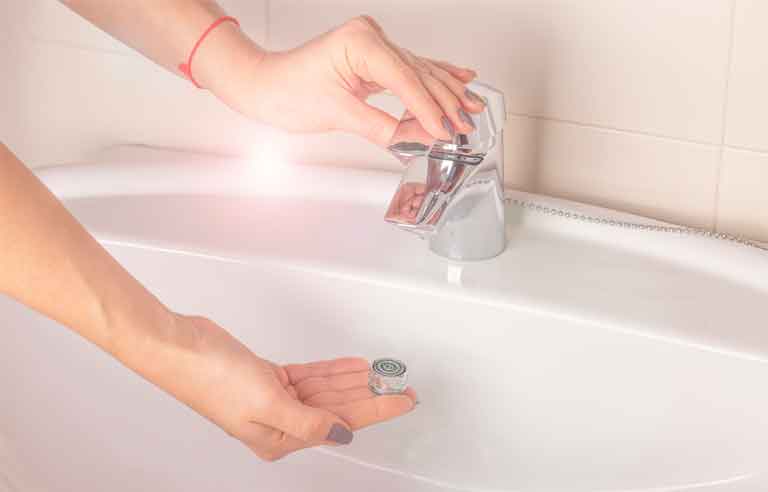5 Most Common Causes Of Leaky Faucet To Watch Out For

A leaky faucet can be a frustrating and wasteful problem to deal with in your home. Not only does it create annoying drips, but it can also lead to higher water bills and even damage to your fixtures and countertops. If you’re facing this issue, it’s essential to identify the root causes and address them promptly. In this article, we’ll explore the 5 most common causes of a leaky faucet that every plumbing enthusiast should watch out for. By understanding these potential culprits, you can take proactive steps to prevent leaks and keep your faucets in top shape through faucet repair and replacement.
Worn Out Washers
One of the most frequent causes of a leaky faucet is worn-out washers. Washers are small rubber or silicone rings that create a watertight seal when the faucet is turned off. Over time, these washers can become brittle, torn, or flattened due to constant use and exposure to water. When they lose their flexibility and integrity, water can seep through, causing a drip. To fix this issue, you’ll need to disassemble the faucet and replace the worn-out washers.
Corroded Valve Seats
The valve seat is another critical component that can lead to faucet leaks. It’s the part of the faucet that connects the spout to the base. If the valve seat becomes corroded or damaged, it can disrupt the sealing mechanism, allowing water to leak out around the spout. Corrosion often occurs due to the accumulation of mineral deposits from hard water. Cleaning or replacing the valve seat can resolve the issue and stop the leak.
Faulty O-Rings
O-rings are small rubber or silicone rings that are used to seal various connections in a faucet, such as the base of the spout or the handles. When O-rings become worn, cracked, or damaged, they can no longer maintain a proper seal, leading to leaks. Inspect the O-rings for signs of wear and tear and replace them if necessary to prevent leaks from occurring.
Loose Parts
A loose faucet can also contribute to leaks. If the various components of your faucet, such as handles or spouts, become loose over time, it can create gaps that allow water to escape. Regularly check and tighten any loose parts to ensure a secure and watertight connection. Using a wrench or pliers, you can easily tighten the necessary components to stop the leakage.
High Water Pressure
While not a component of the faucet itself, high water pressure can be a significant factor in causing leaks. Excessive water pressure can put undue stress on the faucet’s internal parts, leading to leaks and damage. To address this issue, consider installing a pressure regulator in your plumbing system to control and reduce the water pressure. This simple solution can extend the lifespan of your faucets and prevent leaks.
Addressing Faucet Leaks Requires Proactive Steps
A leaky faucet is a common household problem that can be caused by various factors. By identifying the root causes, such as worn-out washers, corroded valve seats, faulty O-rings, loose parts, and high water pressure, you can take the necessary steps to repair and prevent leaks. Regular maintenance and prompt attention to any signs of leakage can save you money on water bills and prevent costly damage to your fixtures. Remember that addressing these issues promptly can help keep your faucets in top shape and ensure a hassle-free plumbing experience in your home.
